Rules for transplanting lilies in spring
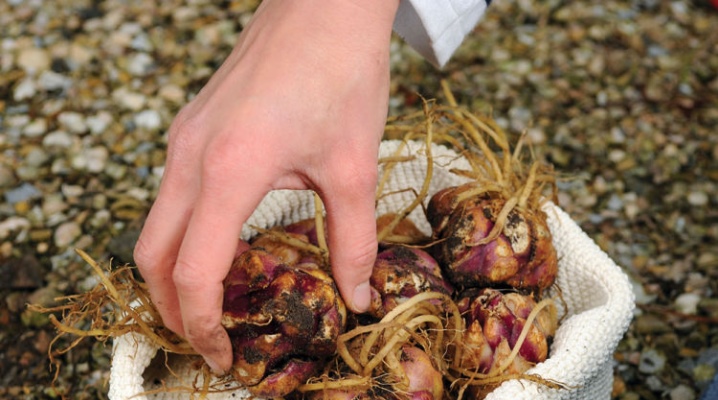
Despite the fact that garden lilies are perennials, it is undesirable to grow them in the same place for several years in a row. The frequency of transplants is determined by the type of flower. Some varieties need to change location after many years, others much more often. In tubular and Asiatic lilies, the bulbs multiply rapidly and need to change location annually.
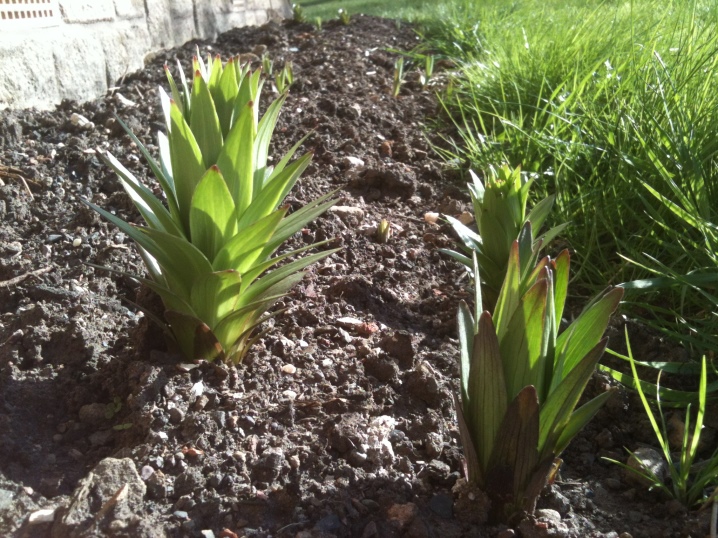
Why transplant?
This culture is growing rapidly, young shoots are actively growing and there is little space for them. The tightness of planting leads to a decrease in peduncles, crushing of flowers, and over time, flowering stops altogether.
In addition to strong growth, there are many reasons for changing the place of a decorative perennial. It can stop growing, get sick with a fungal or other infection, rot, and become covered with withered leaves. Periodic replanting and the use of fresh soil will help prevent plant disease.
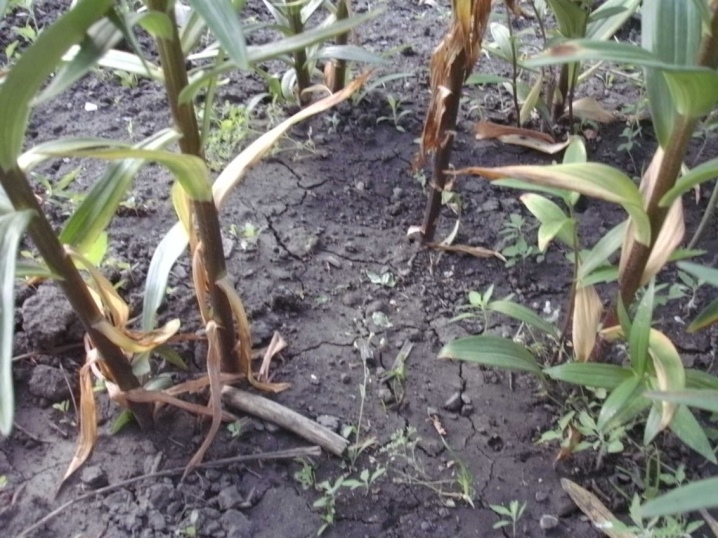
An equally important reason is control over the condition of the bulbs. If one has rotted roots, it is more likely that the problem will spread to others that grow too close.
With developmental deficiencies, it is the transplant that will identify problems.
A transplant is required if the bulb is pulled deep into the soil with its highly overgrown root system and green shoots hardly make their way to the surface. Many of them cannot get out from under the soil layer.

A transplant is also necessary for those varieties of lily crops that are unable to tolerate low winter temperatures in the open field. Before the onset of cold weather, they are dug up, stored in the most suitable conditions, and in the spring they are again planted in open ground.
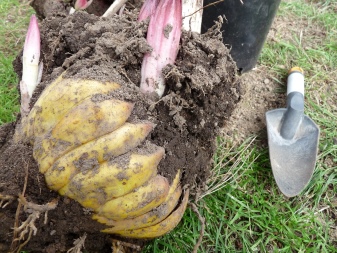

In which month is it better to transplant?
You can transplant lilies from one place to another in spring, summer and autumn. In which month it is best to carry out, flower growers decide for themselves. Each season has its own adherents and opponents, and the expert opinion on this matter is different. But most experienced florists prefer the spring season. Bulbs transplanted in spring significantly outperform those planted in autumn or overwintered in frozen ground.
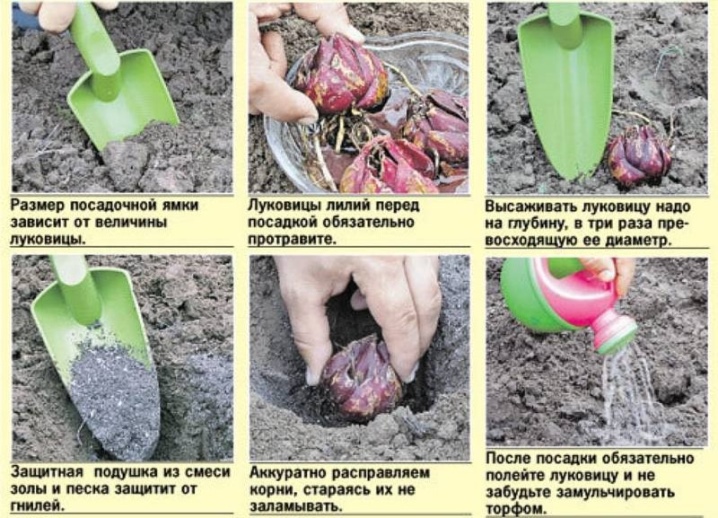
If you adhere to certain recommendations of specialists, then transplanting a bulbous perennial and subsequent care in the open field will not be difficult. Planting material dug up in October will be ready for open field transplanting in the spring if it is carefully preserved during the winter.
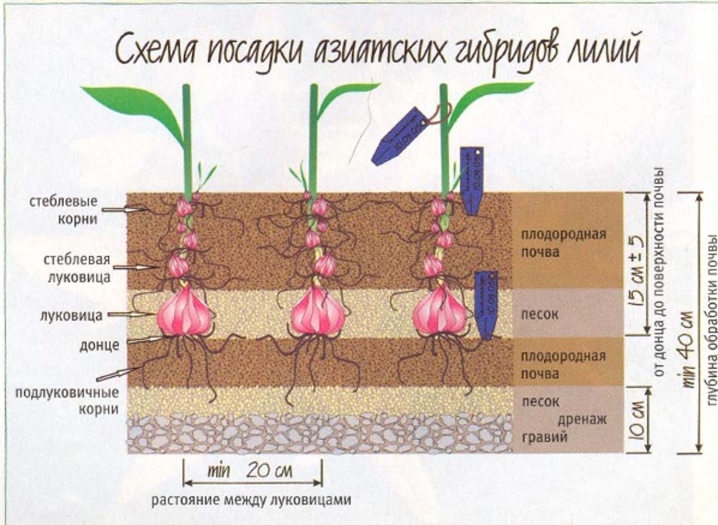
Storage conditions for bulbs
There are different ways to store bulbs until spring:
- in fridge;
- in the cellar;
- in the basement;
- in a dark closet;
- on the loggia or on the balcony;
- in the garage.
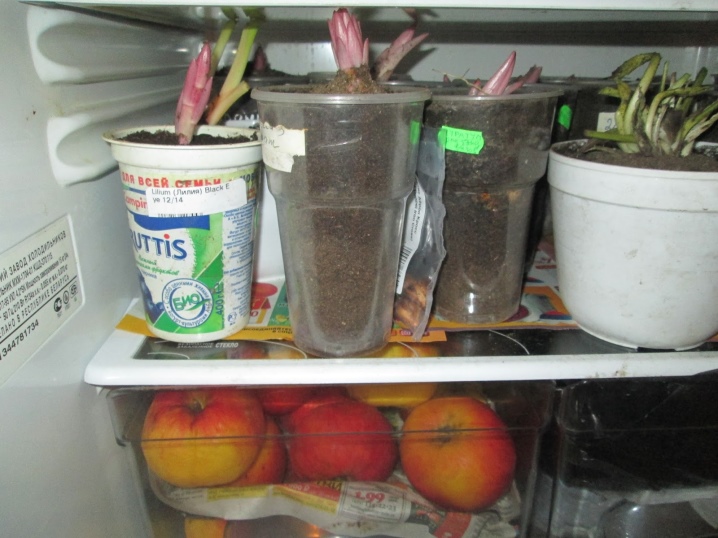
For greater preservation of the qualities of the planting material, the place where they will be laid should be:
- well ventilated;
- not too dry;
- without excessive moisture;
- with the optimum temperature.
You can transplant a plant to a new place on the site only if when the soil warms up to 8-10 degrees Celsius. This temperature, depending on the region, occurs from the end of April to the second half of May.
The weather should be established with a favorable and stable temperature regime.

The return of frost should be feared, which could damage the growth of lilies. During this period, frosts are already unlikely, but when a cold snap sets in, the transplant site should be reliably covered with a greenhouse film.
Soil requirements
Garden lily is unpretentious to care after transplanting. If you adhere to the basic rules, then lush bloom will not keep you waiting. Only the first flowering will not meet expectations, but after a year the flower bed will be filled with profusely blooming lilies.
Transplanted to sunny and calm areas of the garden, lily perennials bloom better than those growing in darkened places. In specimens growing in partial shade, the flowering is not bright enough.

The soil is preferable with a loose structure. Light loams are most suitable. Sandy dry and dense clay soils are not suitable for planting lilies. The transplant site should be located on a low elevation, where there is no stagnant rainwater. In the swampy lowlands, the bulbs rot.
The conditions for the growth of a garden beauty will significantly improve if drainage is arranged on such a site. To do this, ditches are dug under a slope with a layer of crushed brick or fine gravel laid on the bottom, coarse sand is poured on top and covered with soil.
Liliaceae do not take root on acidic soils. The soil in the area where they will be transplanted should be neutral or slightly acidic.
If necessary the acidity of the soil is corrected by liming with a solution of slaked lime, chalk or dolomite flour. For these purposes, you can use ground eggshell, then the soil will be additionally enriched with potassium and calcium, which are able to maintain the brightness of flowering.
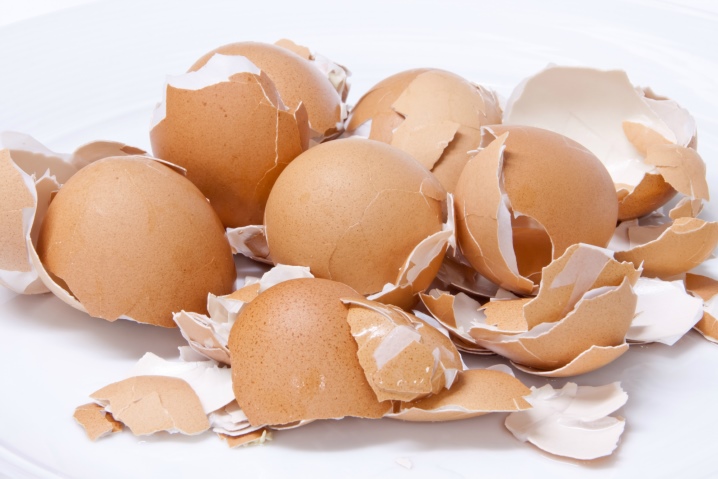
Spring transplant process
Spring preparation of the soil for transplanting old plants to a new place begins with digging it to a depth of about 40 cm and applying the necessary fertilizers. This creates optimal conditions for the further lush flowering of plants.
The depleted soil is fed by the introduction of rotted manure, potassium sulfate and superphosphate. These fertilizers will be sufficient at the initial stage.
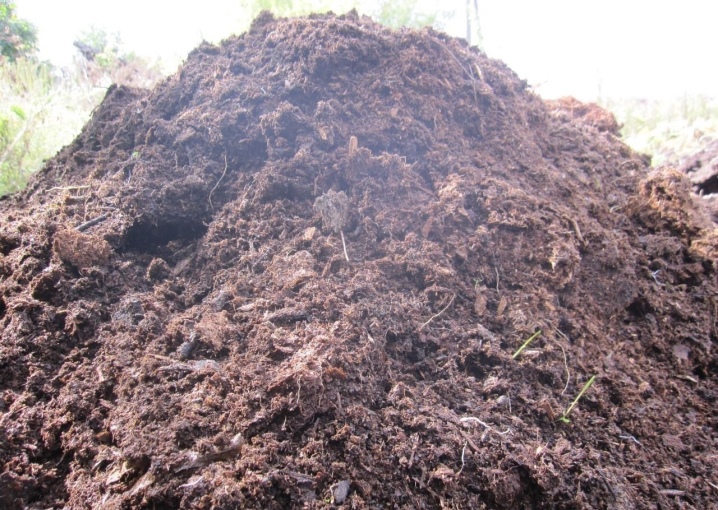
So the soil is prepared. After that it is necessary examine and select healthy bulbs. Those that were properly stored in the winter easily adapt to a new place. Sick, damaged and dried specimens are not recommended to be planted, they can become a source of all kinds of diseases.
Before planting the bulbs in the ground, they must be pickled using a solution of any fungicide, growth stimulator, or ordinary potassium permanganate. Preparations are suitable Vitaros, Epin. The bulbs are gently immersed in the resulting solution for 30 minutes so that the liquid covers them completely.
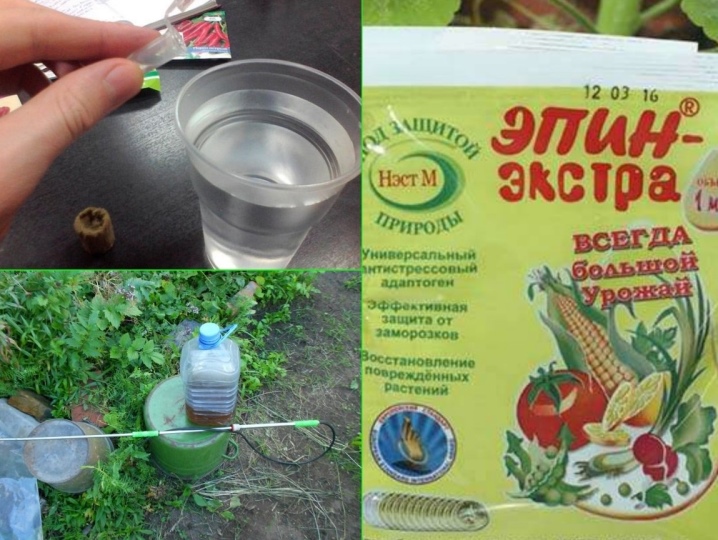
The basic landing rules are as follows.
- Before planting, the roots of the bulbs are carefully trimmed, leaving about 10 cm in length, and then planted in the prepared holes.
- In warm regions in the spring, you can transplant bulbs that have overwintered in the ground. Having dug it out, divide it and transplant it. But it is important to be in time before the main stem reaches 10 cm.
- The earthen lump from the bulbs is not shaken off, but left for better plant survival. It is advisable to lightly sprinkle the roots with sand in the hole.
- The planting holes must be dug about 20 cm apart. Marking will help to maintain an equal distance, which will indicate the landing pattern.
- Bulbs are small, medium and large, and each has its own depth of planting in the ground. Small ones are planted to a depth of 15 cm, medium - 20 cm, large - 25 cm.
- It is advisable to place each onion in a special basket or metal mesh. This will protect the plant from rodents.
At the final stage, the area with transplanted lilies is covered with ordinary soil, thoroughly watered, mulched with peat or sawdust.

The mulch will prevent the moisture from evaporating quickly. Shredded bark of conifers or their fallen needles can be scattered around the plants.
Fertilization and care
All bulbs prefer to grow in rich soils.If, when transplanting, the required amount of fertilizer is laid in the ground, then in the first year the flowers do not require additional feeding. And only as the soil depletes in the spring, it should be fertilized several times.
- The first feeding is carried out when sprouts are formed at least 10 cm in height. After 10 days, the procedure is repeated.
- All lily perennials are extremely responsive to mineral fertilizing. For good summer growth in spring, they need nitrogen, which they absorb from the introduced ammonium nitrate or nitroammophoska.
- The introduction of wood ash in the spring is also necessary for this ornamental crop to protect it from pests. It can be applied one-time when watering or from time to time in a small amount throughout the season.
- Vermicompost containing trace elements, enzymes, soil antibiotics, vitamins and growth hormones is very useful.
- It is strictly forbidden to use fresh manure. From it the bulbs will rot before they begin to bloom.
- For the prevention of diseases, bulbous perennials must be sprayed with a solution of 1% Bordeaux liquid about three times a year.
- 2 weeks before flowering, you need to carry out root dressing based on any liquid mineral fertilizer for flowering plants.
- During the formation of buds, potassium magnesium is used.
- After the end of flowering, lilies need one more additional nutrition with a superphosphate solution.
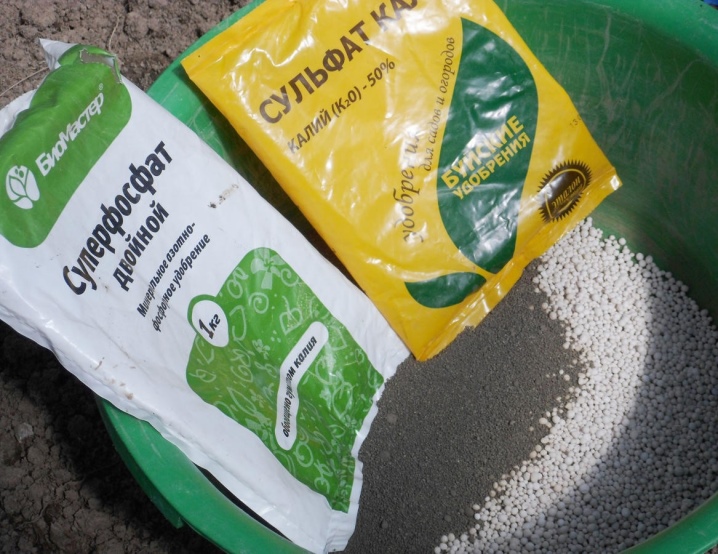
In order for green shoots to germinate faster, plants need regular and abundant moisture with deep penetration of moisture into the soil, which after watering should be loosened for good air circulation. Otherwise, decay of the scales may occur.
The grown weeds are removed and every week they are treated against fungal infections with 0.2% Fundazole solution. Insecticides and a soap solution will help with pests.
If you properly care for lilies, adhere to the recommendations, timing and frequency of transplantation, depending on the variety and conditions of detention, then you can enjoy the magnificent flowering of these exotic beauties and their unique aroma for a long time.
For information on how to properly plant lilies in spring, see below.







































































































A very useful and informative rubric.
The comment was sent successfully.